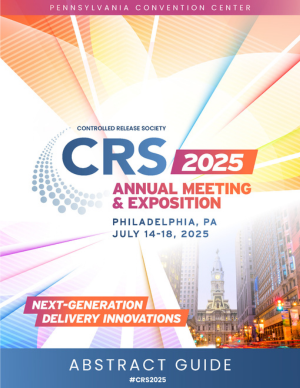Gene Delivery and Gene Editing (Focus Group - GDGE)
(162) Branched Copolymer Nanogels Synthesized by RAFT Polymerization for Gene Delivery Vehicles
Introduction: Nanogels are hydrogels made of crosslinked polymer chains that form particles in the nanoscale range. They absorb water and unlike micelles, do not require a hydrophobic effect to drive their structure. Their water content imparts an elastic modulus allowing biodistribution through tight junctions that conventional nanoparticles cannot pass. Reversible addition-fragmentation chain transfer (RAFT) polymerization has been used to produce nanogels cores,(1) with customizable coronas, which can be used to tune the particle interaction with physiological systems.
Learning Objectives:
- Understand the utility of polymer nanogels for gene delivery
- Explain the key process parameters needed to synthesize nanogels
- Evaluate the physical properties of polymer nanogels via NMR, GPC and DLS
Nickolas Andrioff – Biomedical Engineer, Battelle Memorial Institute; Dean Constantine – Chemical Engineer, Battelle Memorial Institute; Phil Denen – Chemist, Battelle Memorial Institute; Sam Farrar – Chemist, Battelle Memorial Institute; Emma Schmitz – Material Scientist, Battelle Memorial Institute; Kenneth Sims – Senior Material Scientist, Battelle Memorial Institute

Anthony D. Duong, PhD
Senior Drug Delivery Scientist
Battelle Memorial Institute
Columbus, Ohio, United States

